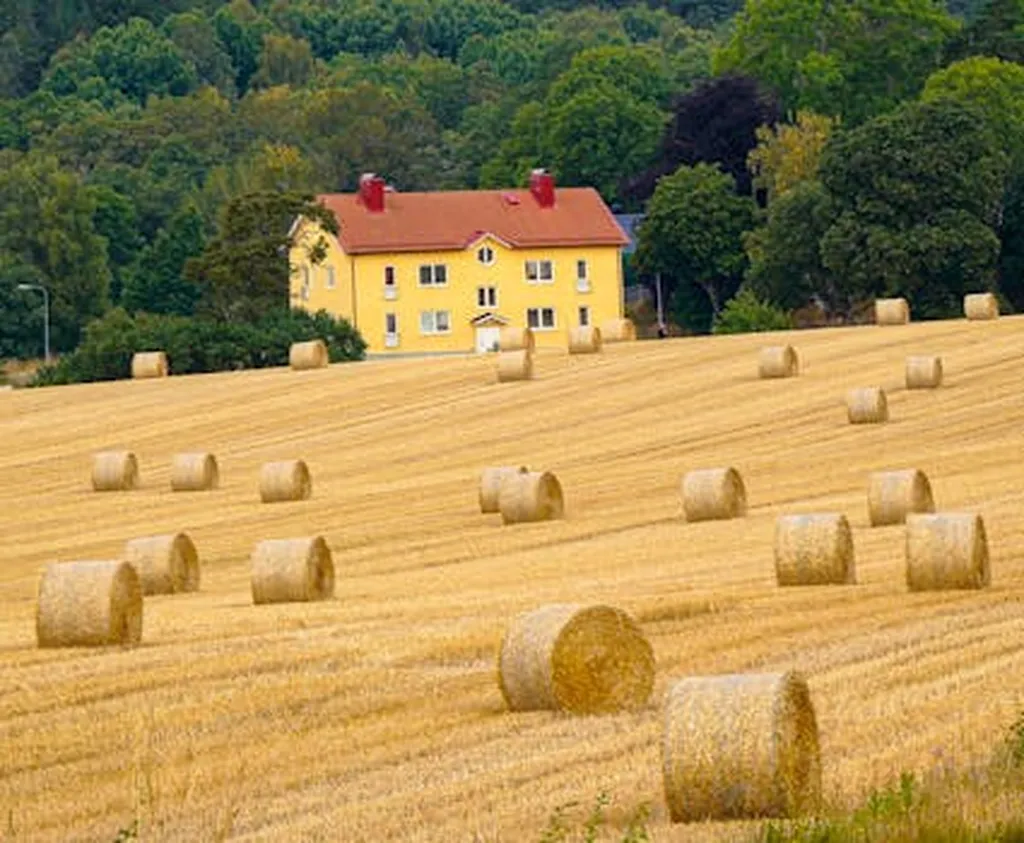In the heart of China’s Loess Plateau, a region known for its dryland agriculture and food security challenges, a groundbreaking study has emerged, offering a promising approach to optimize the delicate balance of water, energy, and food production. The research, led by Di Zhang from the College of Bioengineering at Shaanxi A&F Technology University and the Institute of Environment and Sustainable Development in Agriculture at the Chinese Academy of Agricultural Sciences, has been published in the journal *Agricultural Water Management*.
The study focuses on winter wheat systems, a staple crop in the region, and explores the impacts of straw mulching and supplementary irrigation on yield, resource efficiency, and environmental footprints. By employing the DSSAT-CERES-Wheat model, the research provides a comprehensive assessment of the water-energy-food nexus, a critical framework for sustainable agriculture.
Straw mulching, a practice involving the spreading of crop residues on the soil surface, has been found to significantly enhance wheat grain yield compared to non-mulching treatments. “Straw mulching not only improves the soil’s water retention capacity but also enhances its fertility, leading to better crop performance,” explains Zhang. The study reveals that straw mulching reduces both water and carbon footprints while boosting energy productivity, primarily by increasing grain yield. However, it also notes that straw mulching results in higher indirect emissions, leading to higher greenhouse gas emissions overall.
The research further demonstrates that combining straw mulching with a single spring irrigation can achieve 81% of the maximum yield, making it the optimal treatment for wheat production from the perspective of the water-energy-food nexus. This finding holds substantial commercial implications for the agriculture sector, particularly in arid regions where resource efficiency is paramount.
“Optimizing the water-energy-food nexus is crucial for formulating sustainable agricultural policies and promoting integrated governance of agricultural ecosystems,” says Zhang. The research framework presented in this study provides a scientific basis for informed decision-making, offering valuable insights for farmers, policymakers, and agribusinesses alike.
As the global population continues to grow and climate change poses increasing threats to food security, the need for sustainable and efficient agricultural practices becomes ever more urgent. This study’s findings could shape future developments in dryland agriculture, guiding the adoption of practices that enhance resource use efficiency and mitigate environmental impacts.
The research led by Di Zhang from the College of Bioengineering at Shaanxi A&F Technology University and the Institute of Environment and Sustainable Development in Agriculture at the Chinese Academy of Agricultural Sciences, published in *Agricultural Water Management*, offers a beacon of hope for the future of dryland agriculture, demonstrating that with the right strategies, it is possible to strike a balance between productivity, resource efficiency, and environmental sustainability.

